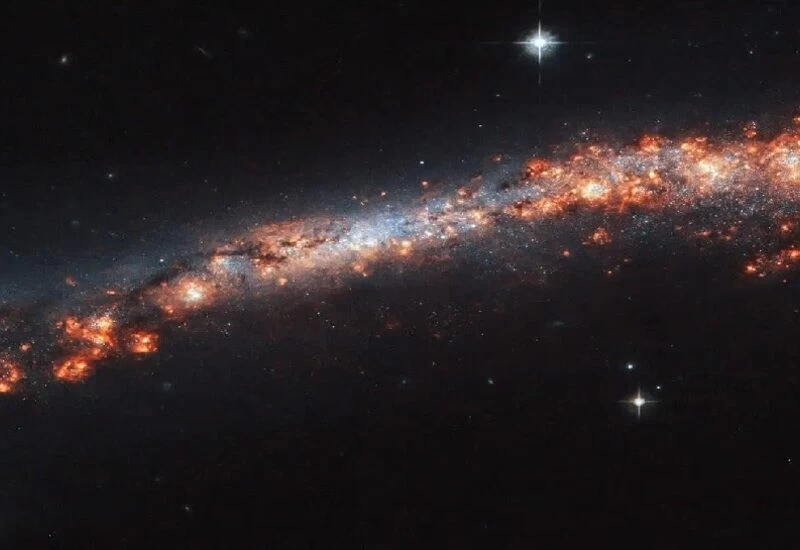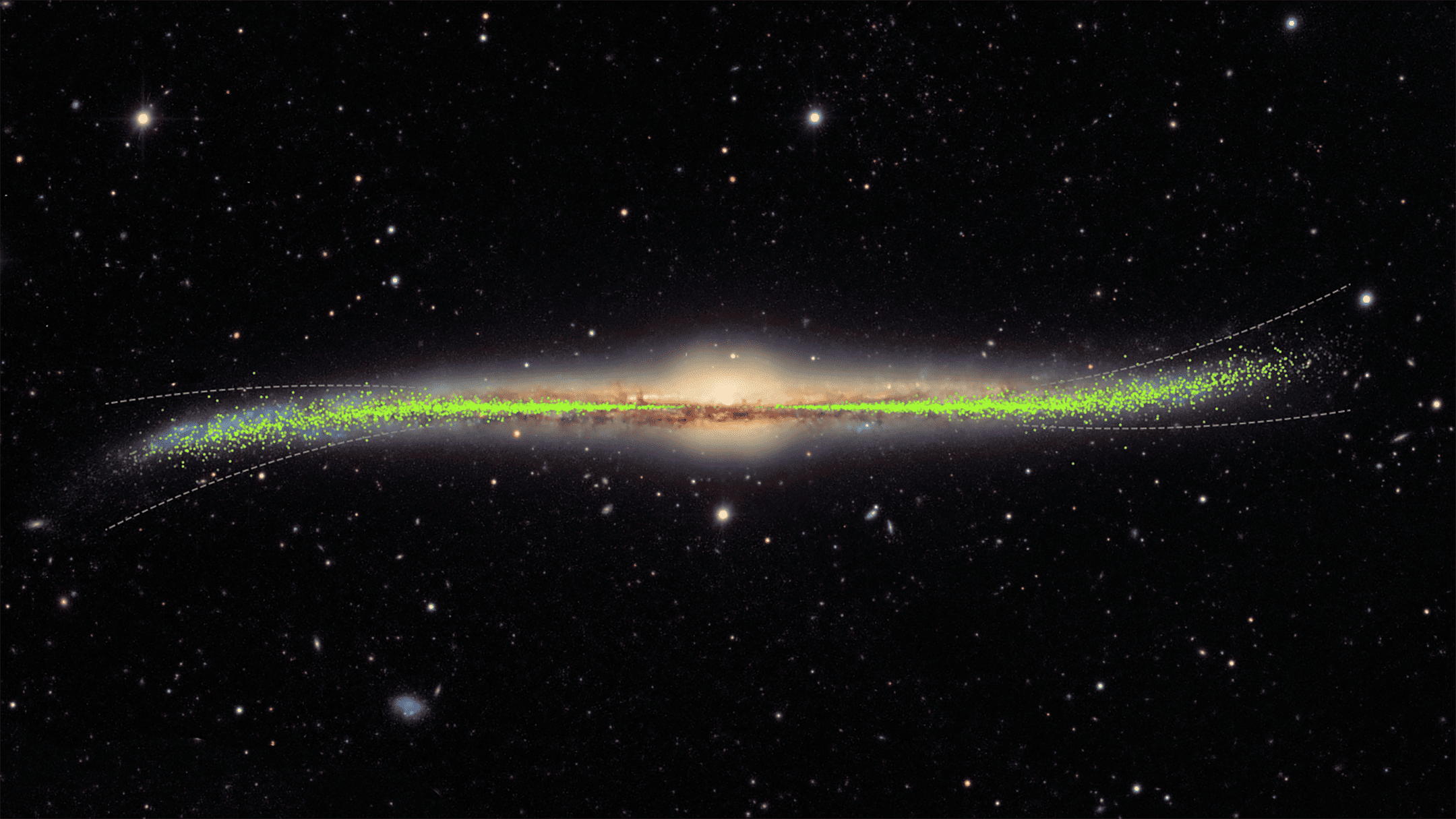A recent study has revealed that nearly half of black holes that consume stars during tidal disruption events (TDEs) later emit remnants of those stars, sometimes years after the initial event. TDEs occur when a star ventures too close to a black hole, where the black hole’s gravitational pull exerts intense tidal forces. This results in the star being stretched and compressed, a process known as spaghettification, which tears the star apart within hours. This destruction is marked by a burst of electromagnetic radiation visible as a bright flash.

As the star is consumed, part of its material is expelled, while the remaining material forms an accretion disk—a thin, rotating structure around the black hole. The accretion disk initially releases material in chaotic bursts, detectable through radio waves, but these emissions typically fade within a few months. Traditionally, astronomers only observed these radio emissions for a short period after the star’s destruction, missing any longer-term activity.
Surprising Delays in Emission from Black Holes
The new study, led by Yvette Cendes, a research associate at the Harvard and Smithsonian Center for Astrophysics, involved monitoring black holes for several years after TDEs. Published on Aug. 25 in the preprint database arXiv, the findings showed that in up to 50% of the cases, black holes expelled material years after consuming a star. In 10 of the 24 studied black holes, this delayed emission occurred between two and six years after the initial star-destroying event. These unexpected “burps” were observed as sudden bursts of radio waves, indicating that the black holes “turned on” again long after the initial event.

Cendes described this phenomenon as a delayed reaction, with material being expelled much later than previously thought. It remains unclear why this delay happens, but it appears that the ejection is influenced by conditions around the black hole rather than events occurring within the black hole itself. This observation challenges current models of TDEs, which typically assume that material outflows stabilize within weeks.
The study also recorded cases where radio waves from black holes peaked, faded, and then peaked again. This re-brightening phenomenon was unexpected, suggesting that black holes may have multiple phases of activity following a TDE. Cendes and her team plan to continue observing these black holes, particularly as some still show signs of increasing radio wave activity.
This research sheds new light on the behavior of black holes and suggests that existing models need to be revised to account for the prolonged activity seen in TDEs. It highlights the complexity of black holes, showing that even years after devouring a star, they can exhibit unpredictable behavior, reinforcing the idea that “black holes are messy eaters.”



